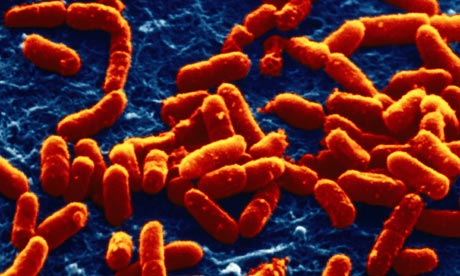
From Popsci.com:
Bacteria that construct walls out of sand could save a third of the world's population from desertification
The Sahara, as well as other deserts around the world, is growing, in a process called desertification that ends up displacing people and crops. The situation has become drastic in a number of sub-Saharan countries. One suggestion from architect Magnus Larsson at the recent TED Global conference suggests constructing a massive wall, 3,700 miles long -- built from the sand itself. The trick would be to use bacterial labor to build it.
Read more ....















































